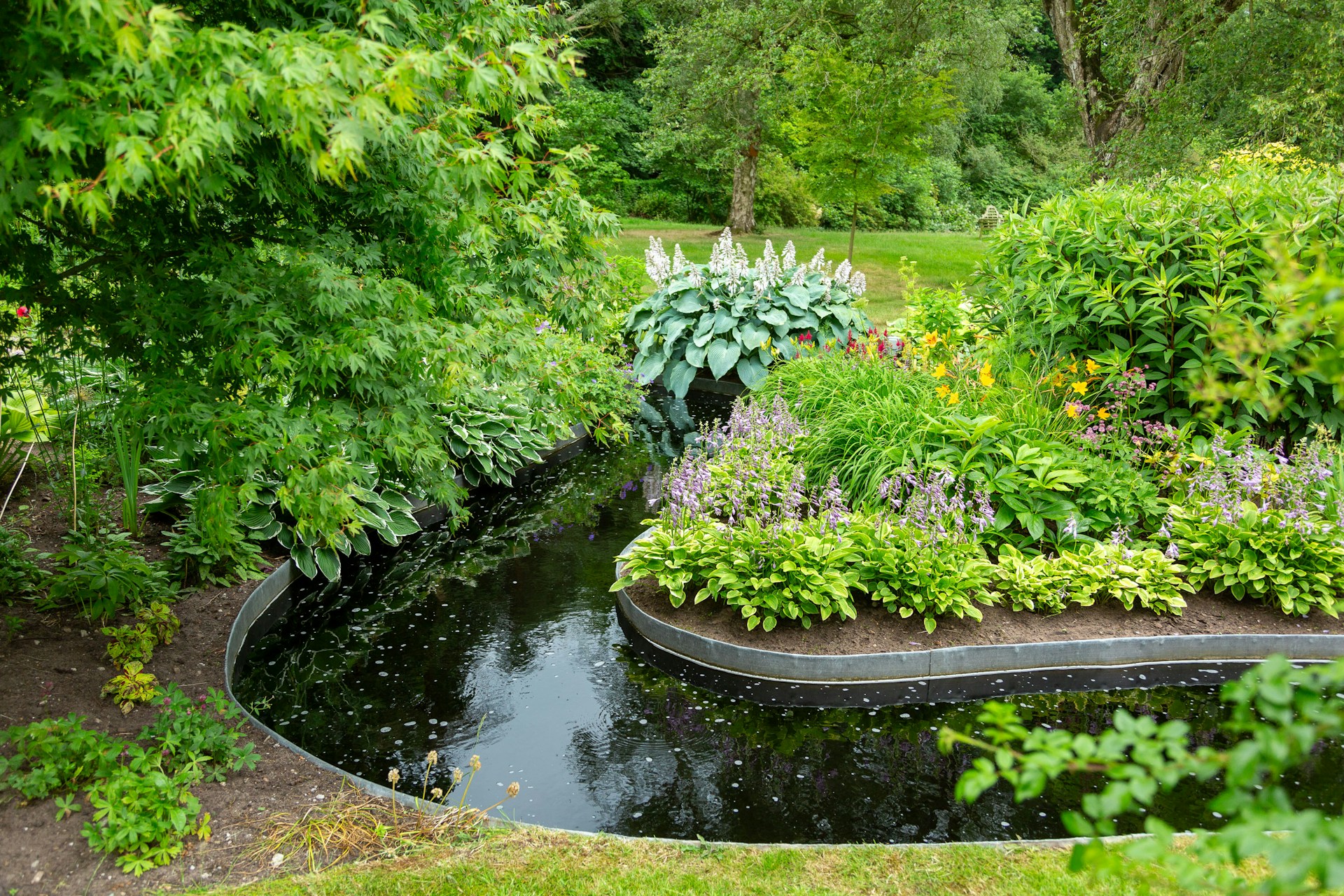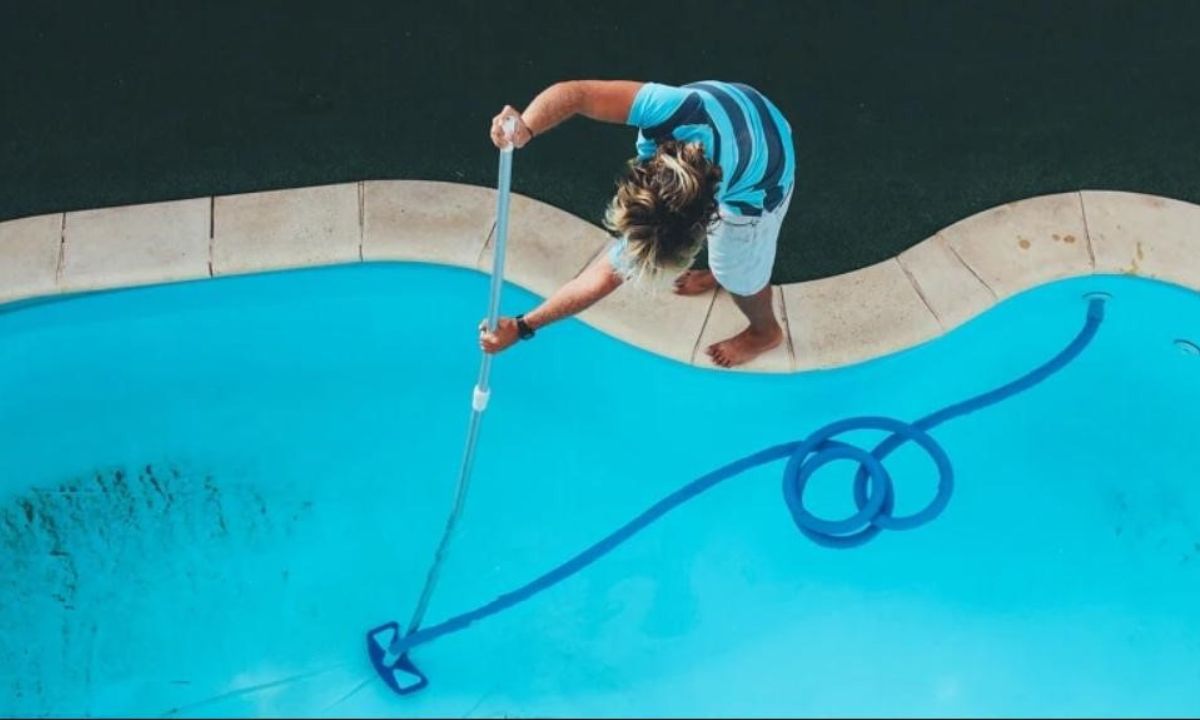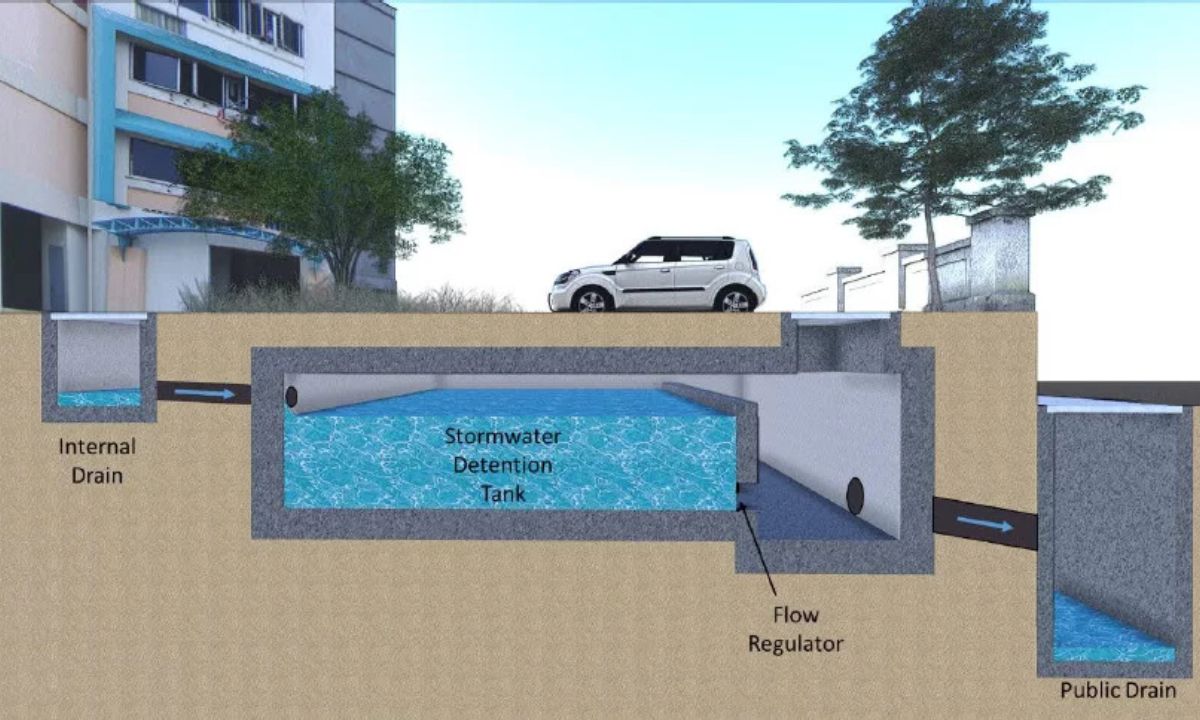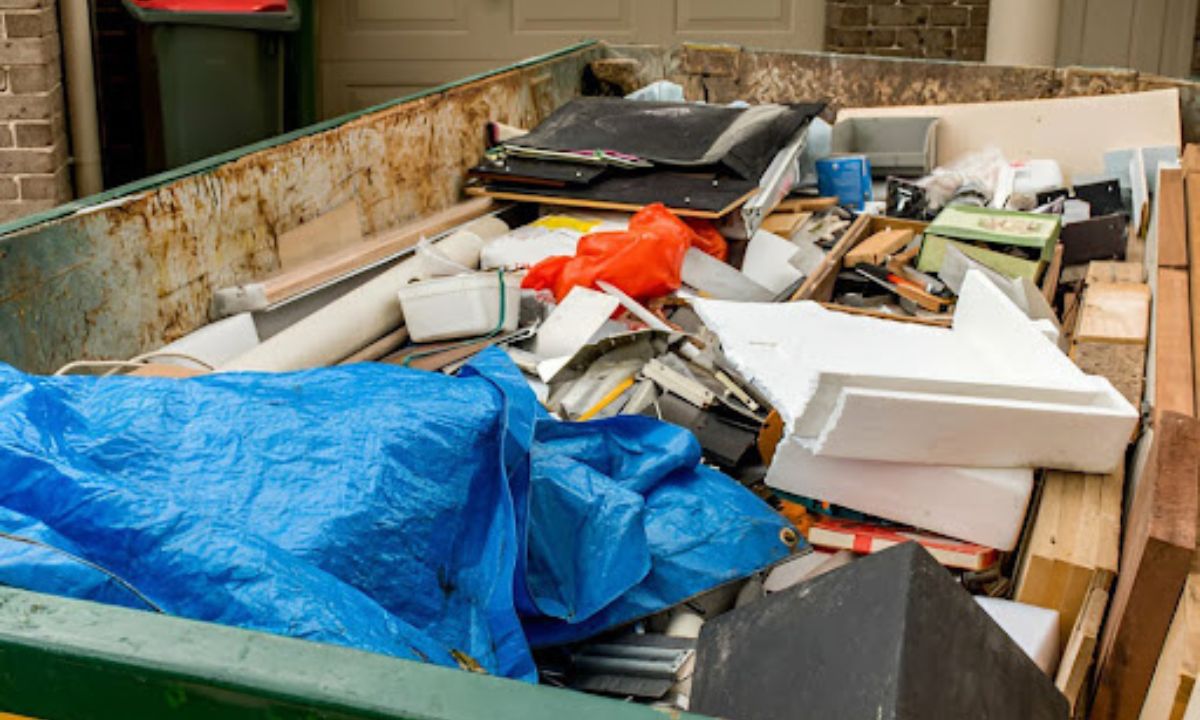At the heart of every thriving garden lies an often-overlooked aspect: effective drainage. Mastering garden drainage is essential for maintaining a healthy landscape. In this guide, we explore the importance of garden drainage and how you can implement it to protect your outdoor space from water damage.
The Significance of Proper Garden Drainage
Excessive moisture in the soil can spell disaster for plants, causing root rot and a host of other problems. Poor drainage can also lead to soil erosion, compromising the structural integrity of your garden beds and the overall health of your landscape. Ensuring proper drainage is akin to laying a solid foundation for your home – it is critical for long-term garden health and sustainability.
Identifying Drainage Issues
The first step in mastering garden drainage is to identify whether you have a drainage problem. Signs of poor drainage include water pooling after rain, spongy ground, or plants that are yellowing, wilting, or appear unhealthy despite adequate care. Once identified, you can then move towards formulating a drainage plan.
Creating a Drainage Strategy
Your garden drainage strategy should be multi-faceted. It includes soil assessment, choosing the right plant types, landscaping design, and perhaps most importantly, the integration of well-positioned drainage systems.
Soil Assessment
Begin with assessing your soil type. Clay soils, for example, are dense and slow to absorb water, leading to runoff and potential flooding. Amending soil with organic material can improve its drainage capabilities but might not be enough for areas prone to heavy rainfall.
Landscape Grading
Good landscape grading, ensuring that the ground slopes away from your home and garden structures, helps water naturally flow away from these areas. Strategic grading prevents water from pooling and directs it towards designated drainage areas.
Choosing the Right Plants
Select plants that are suited to your garden’s moisture levels. Some plants thrive in wet conditions, while others require well-draining soil to flourish.
Implementing Drainage Solutions
Incorporating tailored drainage solutions into your landscape is pivotal. From French drains to dry wells, there are many options available. However, not all solutions fit every situation. It’s crucial to choose the right type of drainage that meets the specific needs of your garden.
The Role of Professional Drainage Systems
For many gardeners, the complexities of effective drainage strategies can be daunting. This is where professional-grade drainage systems come into play. A professional system like those offered by The Landscape Store ensure optimal water management by guiding excess water away from crucial areas smoothly and efficiently.
Installing drainage by The Landscape Store involves understanding the nuances of your landscape’s needs and integrating solutions that provide longevity and effectiveness. This may include drainage channels, pipes, grates, and pits designed to cope with various weather conditions and garden types.
Maintenance and Upkeep
Like any other aspect of gardening, drainage systems require regular maintenance to function correctly. Inspect and clear out your drainage system seasonally to prevent blockages that can lead to water backup and damage.
Monitoring Drainage Efficacy
After implementing your drainage solutions, it’s vital to monitor their efficacy. If issues persist or new problems arise, it may be necessary to adjust your strategy. Consult with landscaping professionals if you are unsure about the performance of your drainage system.
Sustainable Drainage Practices
Implementing sustainable drainage practices such as rain gardens and permeable paving can go a long way in managing runoff and preserving natural water patterns. These practices not only address drainage concerns but also contribute to the environmental well-being.
Advanced Drainage Considerations
For some gardeners, tackling advanced drainage considerations may be necessary. This can include installing irrigation systems with built-in drainage, dealing with high water tables, or managing runoff in hilly terrain. Each of these scenarios requires careful planning and execution.
Conclusion
Mastering garden drainage is not just about installing systems; it’s about creating a harmonious balance between the natural environment and the needs of your garden. With the right approach, any gardener can create a healthy, vibrant landscape that stands the test of time.
Seek Professional Input
When in doubt, seek professional input. Experts in landscape drainage can provide invaluable advice and services, ensuring that your garden drainage is not just adequate, but exceptional. Remember, investing in good drainage is an investment in the future of your garden’s wellbeing.
The journey to a well-drained garden may require some work, but with the proper knowledge, strategy, and tools such as those offered by The Landscape Store, you can achieve a landscape that not only looks great but is structurally sound and ecologically sustainable.
Whether you’re a gardening novice or a seasoned green thumb, understanding and mastering garden drainage is key to maintaining a healthy, resplendent outdoor space that will bring you joy for years to come.











